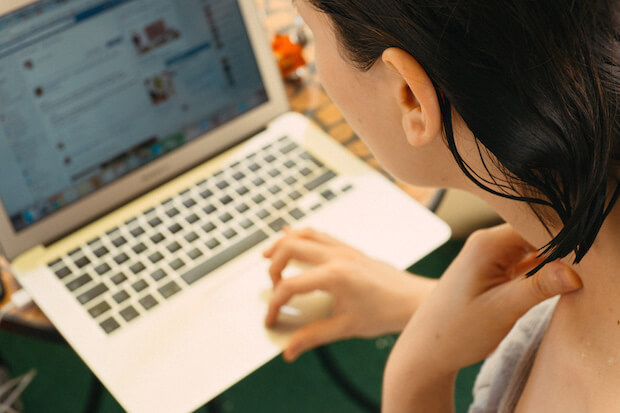
See other articles in this series:
- Teaching kids how to start a newspaper (1): understanding the fundamentals of media
- Teaching kids how to start a newspaper (2): the elements of a news story
- Teaching kids how to start a newspaper (3): learning to write news copy (part 1)
- Teaching kids how to start a newspaper (3): learning to write news copy (part 2)
- Teaching kids how to start a newspaper (4): learning to research and identify sources of information
- Teaching kids how to start a newspaper (5): learning to critique the media and spot ‘fake news’
- Teaching kids how to start a newspaper (6): tips and resources for fact checking
- Teaching kids how to start a newspaper (7): covering magazines and feature stories
In our last article in this series on teaching kids how to start a newspaper, we discussed the need to learn how to research and identify sources of information.
But there is a bigger societal issue at hand presently. And it’s becoming a buzzword people are using to denounce the state of journalism, as we know it on the internet. It’s called “fake news.” What does fake news mean? Well, it’s fake; it’s not true. But how do people get fooled by it? By not knowing how to identify reliable sources of information. We all need to learn how to research, not just kids.
Troublingly, reports are showing that kids nowadays can’t tell the difference between real news and fake news. And so, in our educational system, it seems wise to teach kids how to start a newspaper, so they can learn what goes into news storytelling. This will make them better-informed citizens of our future.
Learn to be critical of the media, recognize bias and spot ‘fake news’
We discussed the need to recognize bias in the media in our first article on this series. However, this comes into play when analyzing sources, especially secondary sources. As mentioned above, a good news story will simply report on its findings. Interpretation, opinion, conjecture and the like have no place in a ‘pure’ news article. But sadly, that’s not the state of all journalism these days.
So, kids should learn to be critical of the news, and to recognize bias. They should ask questions like, are there contradictory opinions on a subject? Or am I telling only one side of this story? Did the student, in their news article assignment, cover both those opinions by dutifully interviewing two opposing sources?
And, what happens when a primary source – say, someone you’re interviewing – makes statements about ‘facts.’ Do you check on those facts, to find out if they are true? How do you check? Kids need to learn how to find both primary and secondary sources, and to spot them in a news article.
One way to learn to research is by media critiquing exercises. Have students find a news article they believe to be true. Then ask them how they can know for sure it is absolutely true. Chances are, when learning to research, students will find a lot of nuance regarding the subject – and not all of it will be based on what they thought they knew (see this article, page 12). This can help kids get out of their own ‘bubble’ and see the subtlety in news bias.
See the article below for a story of teaching kids in school to spot fake news:
The Classroom Where Fake News Fails
This article explains the need for teachers to teach kids the elements of news stories that are assumed to be general knowledge. We forget as adults we carry lots of previously-acquired information that kids don’t always have, to be able to make these analyses.
And, while this John Oliver rant is not a video to show kids in a classroom, it can give a teacher a primer on the issue of native advertising, especially as it relates to being ‘fooled’ on news sites nowadays.
Plus, see our related article on this blog:
The impact brands have on children
Teaching kids about fake news challenges our own ‘truths’
One diagram being shared on the web makes an attempt to help people identify quality news. However, an opposing article makes the claim that in itself, the diagram is liberally biased.
This may spur an interesting discussion with your students. How do they themselves know what a reliable news story is, without someone having to tell them?
In short: we all have biases. And we all have a tendency to believe what we hear and read in the media, just because it’s our go-to source of information.
This lesson should challenge kids to question even the source that says “this is fake news.” It should direct kids to learn how to make well-informed critiques, instead of trusting what their favourite website or celebrity says. To do that, kids must learn how to research and fact-check, which we discussed in Part 4 of this series on how to start a newspaper.




